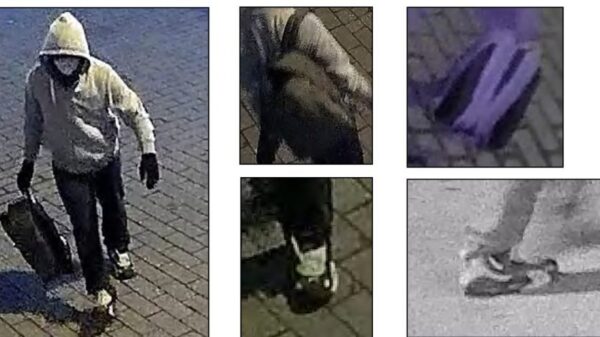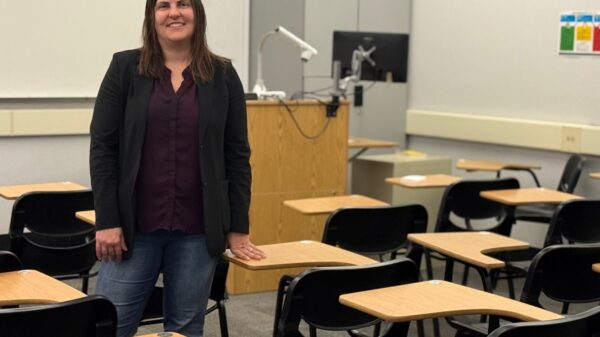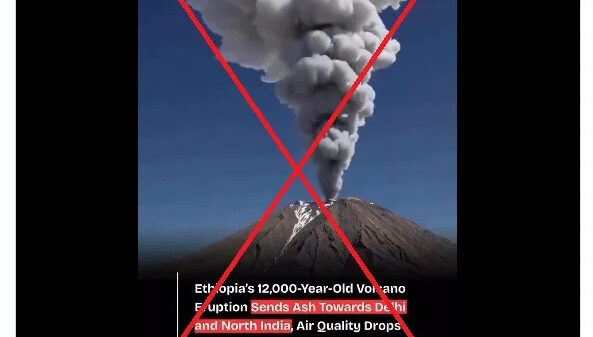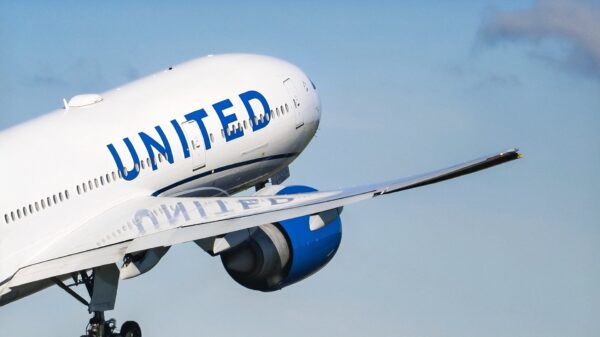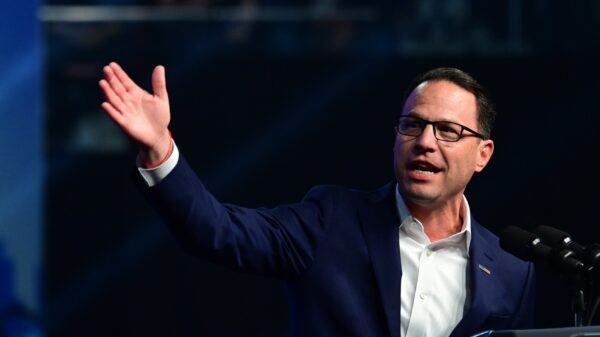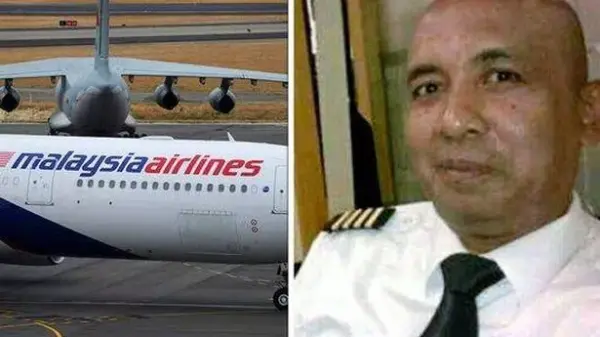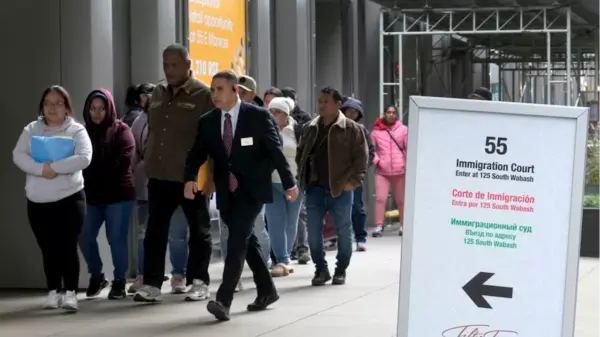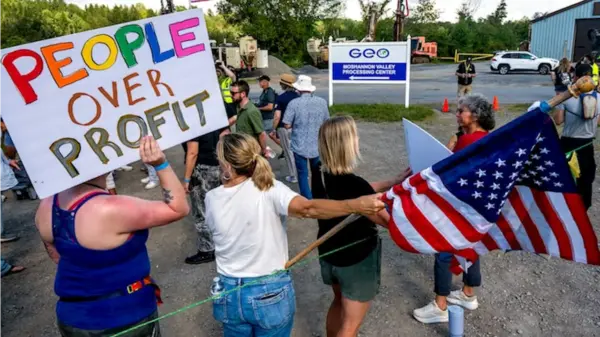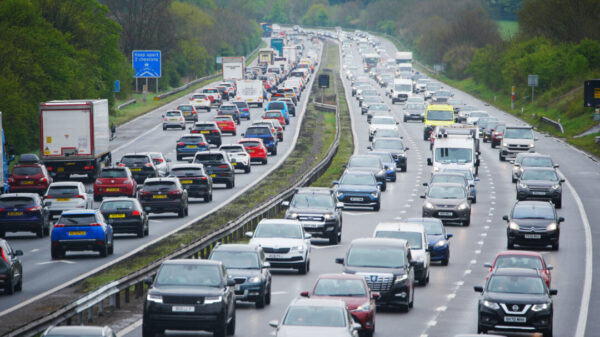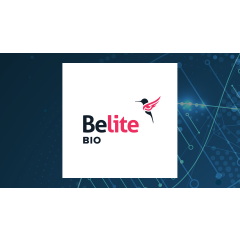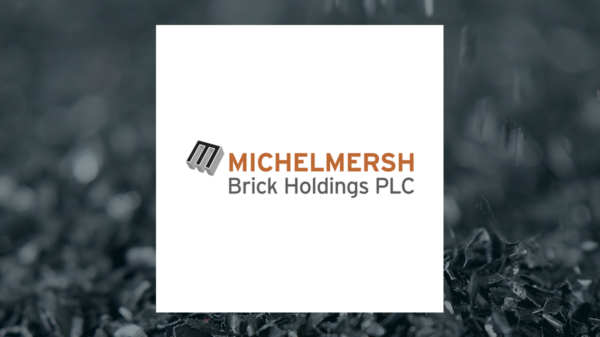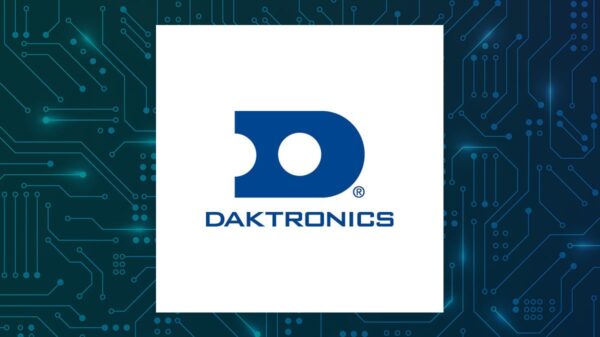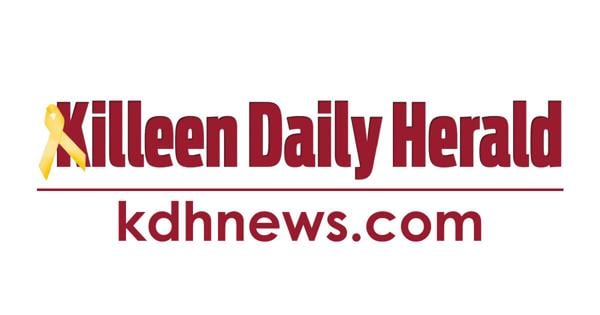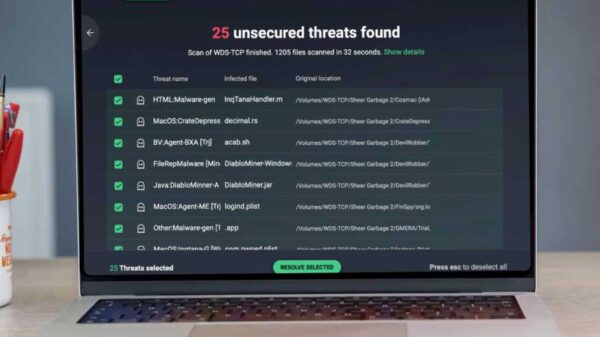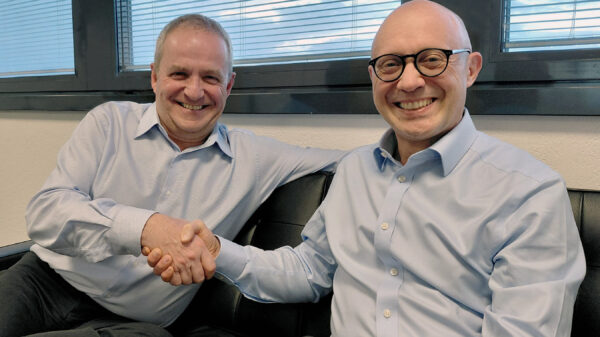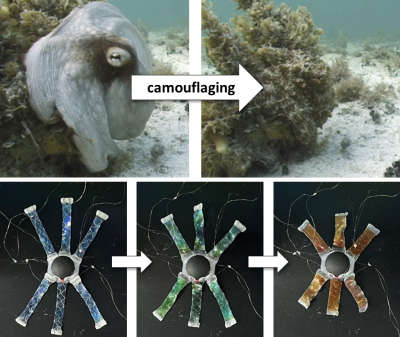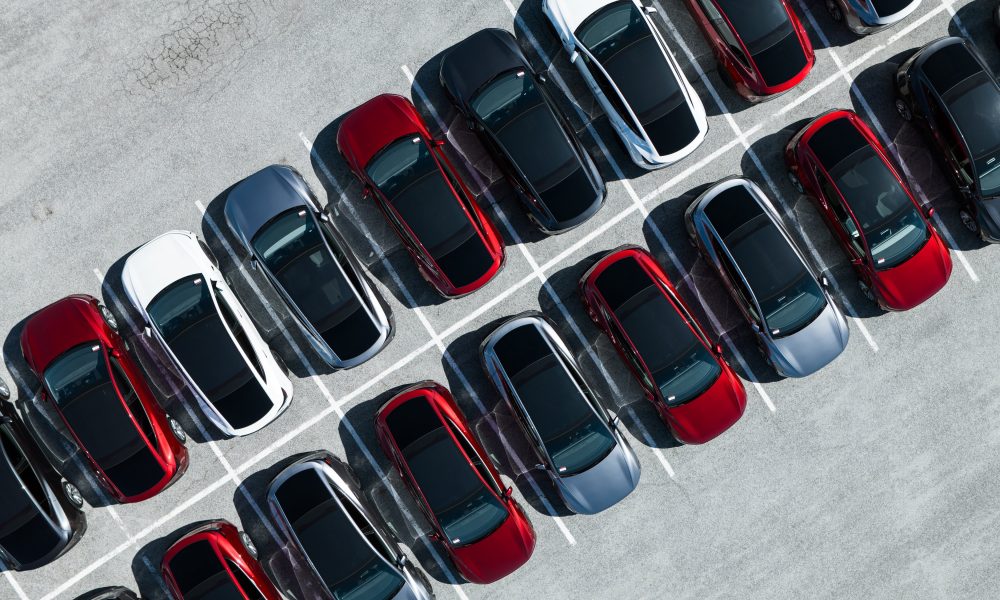Tesla has announced an expansion of its Robotaxi fleet in Austin, Texas, enhancing its driverless ride-hailing services. Although the company has not disclosed the precise number of vehicles currently operating in the city, the expansion marks a significant step in Tesla’s efforts to establish its presence in the autonomous transport market.
On June 22, 2025, Tesla launched its Robotaxi fleet in Austin, initially comprising between ten and twenty vehicles, as stated by CEO Elon Musk. This limited launch aimed to ensure safety and manage the service’s operational challenges in a new environment. Since then, the company has not provided specific details about the fleet size, opting instead for vague hints regarding the number of autonomous vehicles in operation.
Service Area Expansion
On August 27, 2025, Tesla expanded its geofence for the third time, significantly increasing the service area from 91 square miles to an impressive 173 square miles. This expansion allows Robotaxi services to cover not only the downtown area but also suburbs, including the airport and the Gigafactory Texas. The company reported a 50 percent increase in the number of cars available for service, although it has refrained from providing an exact figure.
The expansion of the geofence highlights Tesla’s commitment to growing its Robotaxi service, particularly as the demand for autonomous rides increases. With the service area now covering a larger geographic footprint, the need for a more substantial fleet becomes increasingly apparent.
Skeptics of Tesla’s Robotaxi platform often point to the presence of a safety monitor in each vehicle and the lack of transparency regarding the fleet size. While Tesla has made significant strides in extending its service area, the question remains: why is the company reluctant to disclose the exact number of vehicles in operation?
Future Prospects
Analysts suggest that the Robotaxi fleet could consist of anywhere between 30 to 75 vehicles, although this estimate includes numbers from the Bay Area. Musk has indicated plans to expand the Bay Area fleet to over 100 vehicles. As the service area in Austin continues to grow, clarity on the fleet size is anticipated in the coming weeks or months.
The expansion of the Robotaxi fleet in Austin positions Tesla as a key player in the autonomous ride-hailing industry, especially compared to competitors like Waymo. As the company navigates this new territory, the balance between safety, transparency, and expansion will be crucial in shaping public perception and user trust.
As Tesla continues to develop its autonomous vehicle technology, its Robotaxi service represents not just a business endeavor but a potential shift in urban transportation. With ongoing advancements and expansions, the future of driverless rides in Texas looks promising.




